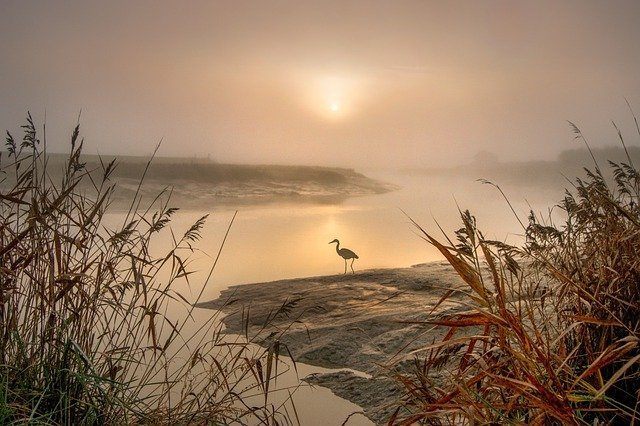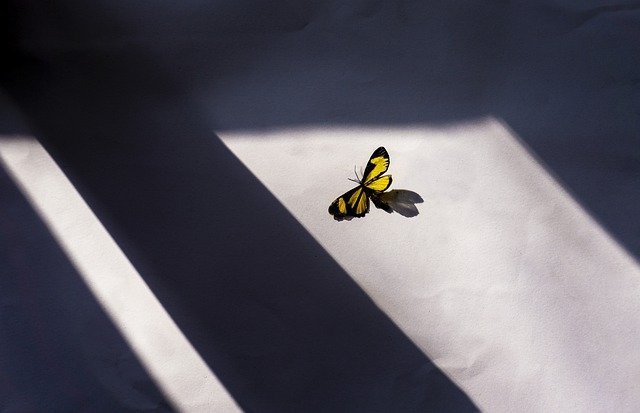
You can put a dent in your photographic reputation if you take poor photographs. Lots of techniques are provided in this article that will help you to become a better photographer.
Take your pictures quickly. If you take a long time, there is a good chance that the subject will move, take off or there could be a change in the background that will ruin the photo. Taking pictures faster is better.
Gray Sky
When starting out in photography, you should keep it simple with the settings of your camera. Discover and experiment with one feature at a time before moving on. This will allow you to focus on capturing the picture, instead of spending all your time fiddling with the camera while your subject simply walks away.
Try not to capture a gray sky in your pictures. Showing too much gray sky in photos will make pictures appear muted. If you really want or need a shot in overcast conditions, try a black and white picture to maximize contrast and improve the overall picture. On a beautiful day, you can include as much blue sky as you desire.
Take photos of people wherever you go. You must always seek permission first. When traveling, looking at these pictures will remind you of particular memories, even if the people you photographed do not look like they would stand out from a crowd at the moment when you take your picture. It’s a great idea to focus on the unique styles and expressions visible in each individual picture.
The more professional you require your photos to be, the more professional the camera you will have to invest in. Your photographs will have a higher quality finish when using this type of camera. Most photographers use this type of camera, and for quality photos, you should use it too.
Digital cameras almost always have a built-in flash that will go off when the external light is too dim. Auto-flash is great for amateur photographs, but for a cleaner more professional look you should have an external unit with a broader range for your camera flash. Buy your camera and flash unit at the same time to ensure compatibility.

When photographing outdoors try to avoid direct sunlight. The sun will cast shadows and cause glaring. It will also make uneven highlights on your photos, and will make your subjects squint when looking in the camera. Whenever you possibly can, try taking your outdoor shots in the morning or the evening when the sun is lower and casts less light.
Putting your models at ease is important, especially if they are unfamiliar with you. Many people view having their pictures taken as something that could be threatening. If you approach potential subjects as friends and confidantes, they will be far more likely to cooperate. People should know that it’s art and not a privacy invasion.
Framing is very important when you are considering your photo’s composition. By zooming onto the subject, any surrounding distractions can be removed. This will unclutter the photograph as well as eliminating unnecessary focal points.
If you are shooting photographs in a florescent light setting, make sure that you adjust your camera’s white balance settings appropriately. Fluorescent light gives a cold rather than a warm effect. This means you will need to adjust your settings to increase red and decrease blue tones.
Only select your very best photographs to display. Do not show every photograph you have ever taken or too many of the same subject matter. People get bored seeing the same thing repeatedly. Keep your photo displays fresh and interesting, and show off a variety of aspects of your creative photography talents.
Try to avoid setting your digital camera to the lowest settings in order to fit more photos on the camera because you will sacrifice print quality. If you do not plan to print your pictures and will only view them on your computer, it is acceptable to shoot images in lower resolution.
You can combat poor photography through research and practice. All you need to do is spend some time researching different techniques, and ask an experienced photographer to critique your work. Try implementing this advice to help improve your photography.
Take your pictures with a manual white balance. This will convey a certain mood in your photos. It will also help you control how your pictures turn out. While it may take a while to find the ideal settings, adjusting the white balance manually offers a great deal of creative license.


